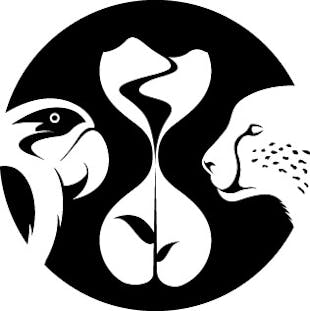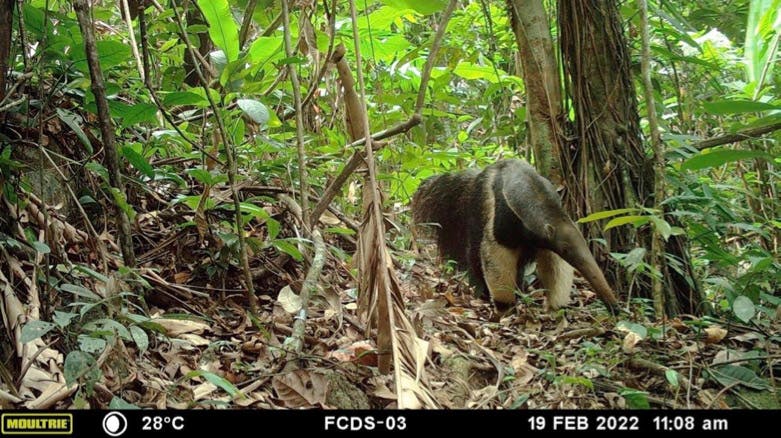The Foundation for Conservation and Sustainable Development (FCDS) is committed to promoting peacebuilding through environmental zoning of the territory, promoting environmental protection and sustainable development, especially in the Colombian Amazon, with an emphasis on the department of Guaviare. The Amazon has been the target of strong pressure due to deforestation to establish human ways of life associated with livestock farming, licit and illicit crops, monocrops, mining, and other issues that enable the growth and intensification of other threats such as pollution, the introduction of invasive animal and plant species, overexploitation, and greater vulnerability to climate change.
Through the QRFN, the FCDS acquired the Las Gaviotas property, which is currently called Terrapreta, located in the municipality of San José del Guaviare in the north of the department of Guaviare, in the Monserrate district.
The ecosystem of reference in which the Terrapreta property is located is a warm, humid climate forest on hills and knolls with the kaolinitic soils of the humid tropical zonobiome. The average annual precipitation is from 2,493 to 2,509 mm, and the average annual temperature is 29 ºC. (Fick & Hijmans, 2017). The total area of the property is 82.3 ha, made up of 23.7 ha of clear pastures, 16.3 ha of gallery forest, 7.5 ha of infrastructure area, 2.7 ha of secondary vegetation, 2.4 ha of fragmented forest, 1.7 ha of wooded pastures, 0.7 ha of high open forest (the Las Gaviotas property). The Terrapreta property is made up of high open forest 21.1 ha, weedy pastures 4.7 ha, gallery forest 1.4 ha, and clear pastures 0.2 ha. Terrapreta is adjacent to and partially overlaps with the La Lindosa Ridge - Angostura II National Protective Forest Reserve, which has conservation goals that are equal to the areas of the National System of Protected Areas, and strict conservation (No-take).
In Terrapreta and in nearby properties, species such as the woolly monkey (Lagothrix lagothricha), tapir (Tapirus terrestre), giant anteater (Myrmecophaga tridactyla), ocelot (Leopardus pardalis), and Guianan cock-of-the-rock (rupicola rupicola). This has enabled the FCDS to join conservation efforts with other actors in the area, promoting dialogue, reconciliation, and the participatory creation of alternatives for sustainable development.
The objective of the property acquisition is to register Terrapreta as a Civil Society Natural Reserve before in Single National Registry of Protected Areas (RUNAP) and to consolidate a Center for natural experimentation and environmental education to do research focusing on identifying and characterizing the natural ecosystem. This is how we can contribute to the conservation of biodiversity, its ecosystem services, and build social fabric.
The next steps are:
- To establish permanent plots, seeking to generate information on the structure and composition of Amazonian forests and evaluate the dynamics of these forests over time. By establishing permanent plots, information is available on the wealth, abundance, and distribution of tree species in Amazonian forests.
- Assembling and installing a permanent nursery to propagate native species.
- Studying the tourist load capacity for the defined trails, their signage, and adaptation.
- Installing trail cameras in the canopy to monitor arboreal species.
- Sustainable agricultural module.
Authored by FCDS, edited by the QRFN team




